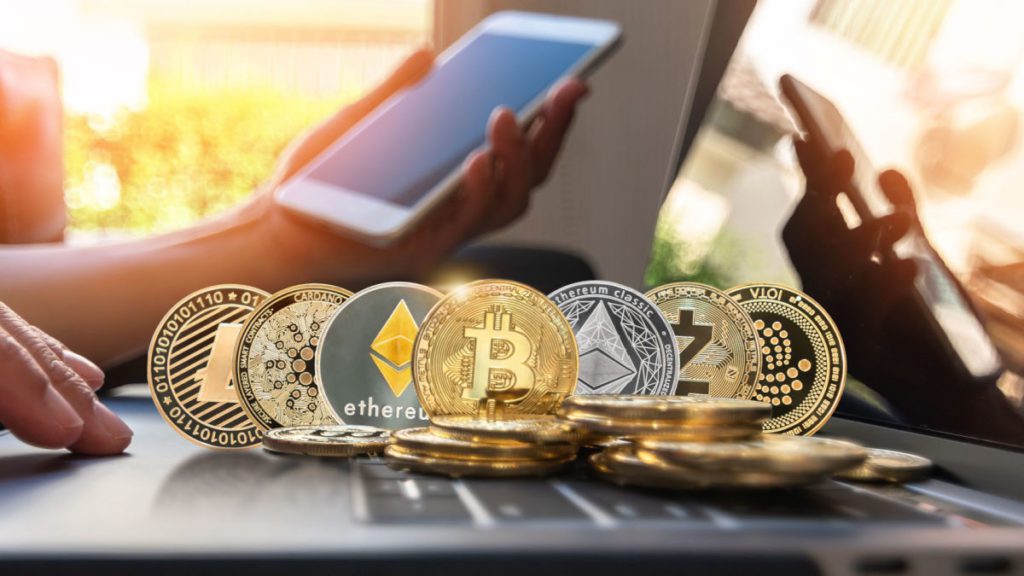I recently came back from the Digital Asset Summit (DAS) in New York City, which was all about how traditional finance firms are approaching decentralized finance (DeFi) and blockchain. In this article, I’ll dive into a major DAS topic: tokenization. Out of everything covered at the event, tokenization stirred the most excitement out of audiences.
Tokenization is the process of converting assets into digital tokens that are stored and transferred through a blockchain. Assets in this case can apply to a range of things including equities, commodities, derivatives, real estate, intellectual property (IP), currencies, mortgages, insurance, credit lines, physical assets, and much more. The conversion process usually just means the rights or obligations associated with these assets are stored on-chain, turning documents like deeds or certificates into immutable records belonging to certain wallet addresses.
Even if you’re not directly involved in finance or aren’t implementing Web3 technologies into your operations, tokenization is a broad trend that will affect everyone in the global economy sooner or later.
Why Tokenize?
To answer that question, I’ll dive into a few brief examples.
Paxos Digital Gold Token (PAXG)
You might have heard Bitcoin labeled as “digital gold.” That statement might hold some truth, but the real digital gold is PAXG. PAXG is a token on the Ethereum blockchain that is directly backed by one troy fine ounce of physical gold held in vaults by parent company Paxos, audited every month. PAXG’s market value reflects the market value of gold. Users can trade their PAXG for real gold through Paxos anytime.
Fireblocks pointed out that the PAXG daily trading volume is on average 4.8 percent of its market cap, while GLD only reaches 2.5 percent. That means more trading is happening more with PAXG than real gold, partly because its existence on Ethereum makes it easier for people to buy, sell, and even trade for other digital assets. Plus, using PAXG disintermediates the transfer process, driving down fees for end users.
IP-NFTs
I wrote about this topic before, but it’s an excellent example of tokenization.
Intellectual property licensing rights can be wrapped into nonfungible tokens (NFTs), to ease the process of acquiring that IP. This benefits labs and research departments that can’t deal with the hassle of licensing their research the traditional way, and it also makes it easier for investors and entrepreneurs to acquire the IP to bring it to market. It removes intermediaries like university tech transfer offices and academic publishers from the equation by allowing IP to exist on open marketplaces. Tokenized IP is also much easier for Web3-native collectives like decentralized autonomous organizations (DAOs) to invest in.
A Closer Look
In general, tokenizing assets onto peer-to-peer blockchain networks increases their liquidity, makes them more accessible, and avoids fees incurred by intermediaries. Part of this is because of fractionalization: Investors who may not be able to afford a piece of real estate can still participate in the real estate market by buying a token that represents a 1 percent or 0.1 percent share of a property.
People who want to invest in startups but don’t have the investor license needed to do so can still buy tokens that expose them to early-stage equities.
Stablecoins, which tokenize currencies like the U.S. dollar, are rapidly becoming the digital economy’s new backbone and are a form of tokenization.
Of course, tokenization doesn’t come without challenges. Besides the user experience (UX) hurdles and technical questions that come with most of Web3, such as choosing which chain to build on, governments are increasingly regulating the space. One major regulatory challenge is the issue of transferring assets across jurisdictions and legal frameworks, particularly across country borders.
Tokenization is even more powerful in combination with other DeFi applications like decentralized exchanges (DEXs), and automated market makers (AMMs). Migrating assets to such exchanges, which operate entirely on code and with full transparency, would revolutionize how transactions of any asset class are made. The finance industry is finally waking up to this, and it was clear at the Digital Asset Summit — no matter how “bearish” the market seemed, the rooms were packed, business cards were flowing, and conversations stretched throughout the night.
Final Thoughts
It became clear to me at the Digital Asset Summit that now is finance’s 1995 moment. Like media at that time due to the internet, the industry is having its leaves and its roots being pulled out. Most finance innovations in the past two decades have targeted the application layer or made marginal improvements. Blockchain, as a new form of database, is attacking the back end of finance as well as the front.
In a decade, DeFi won’t be called DeFi — it’ll just be called finance. Ideally, end users won’t know they’re using blockchain when they place orders or transact in a faster and more secure way, just as we use Gmail with pleasure but never think about hypertext transfer protocol secure (HTTPS).
Want to compete in the Metaverse? Subscribe to the My Metaverse Minute Channel:










